Whether you get them dry oatmeal or their usual feed, either way, chickens have a wide range of foods they can eat. Since they don’t have thousands of taste buds like humans, sure, that makes them not as picky. However, the taste is the last thing a chicken has to worry about because there are plenty more factors to consider.
Now, these factors bring you the question for the day: can chickens eat shrimp?
All About Shrimp
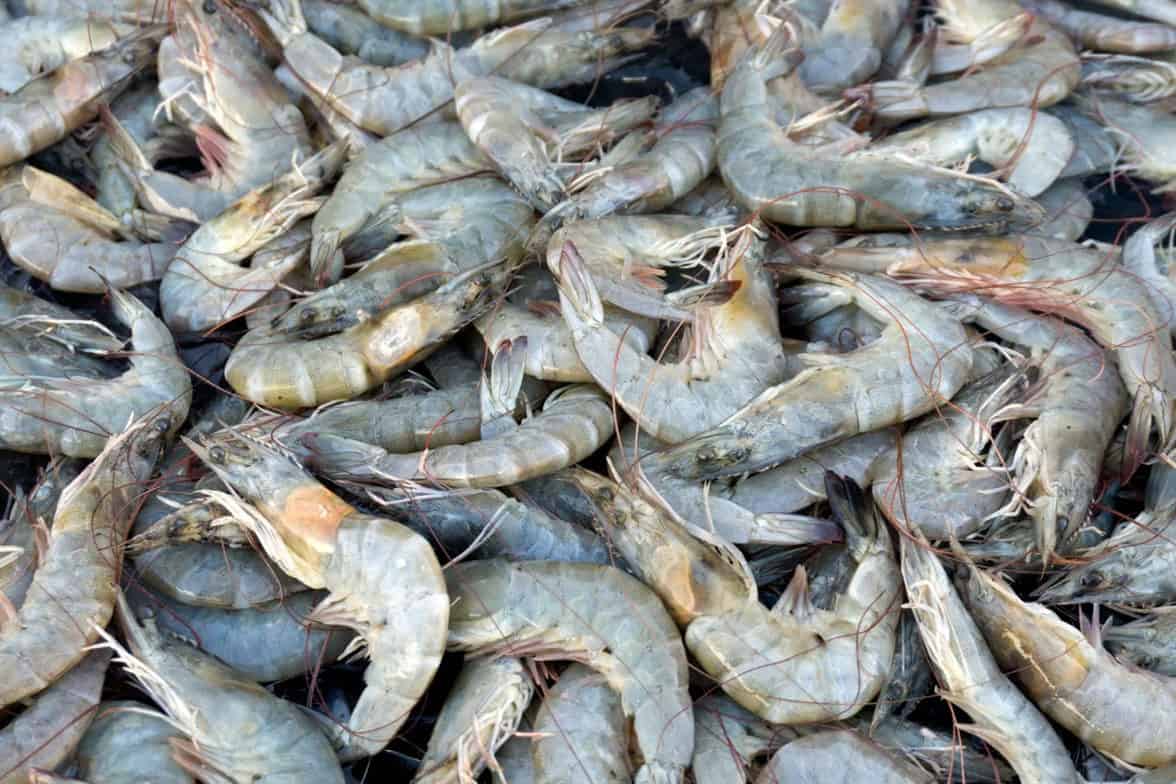
So, what do shrimps have that fruits or veggies don’t?
Well, one thing this shellfish is full of is protein. Generally speaking, most seafood is high in protein, which makes it a great source of essential nutrients for active individuals.
And chickens have their fair share of activities that they have to fulfill; with roosters guarding their hens, and the hens working to produce eggs.
Other than protein, Omega-3 fatty acids are something you’re going to absorb, as well, when you eat shrimp.
What makes them different from protein, though?
While protein works to provide energy, Omega-3 fatty acids, along with selenium, work together to reduce the risk of heart disease. Since shrimps have these two together, this tasty food is bound to leave you quite satisfied afterward!
Remember: be sure to eat this in moderation because, just like other shellfish, consuming too much of it will leave you with more bad than good due to its cholesterol content, and it definitely won’t do you any favors if you practically have it doused in oil and seasoning.
If you want to have shrimp as part of your diet, cook it mildly. Use little oil or seasoning to enhance the taste, and that’s it.
What Do Chickens Eat
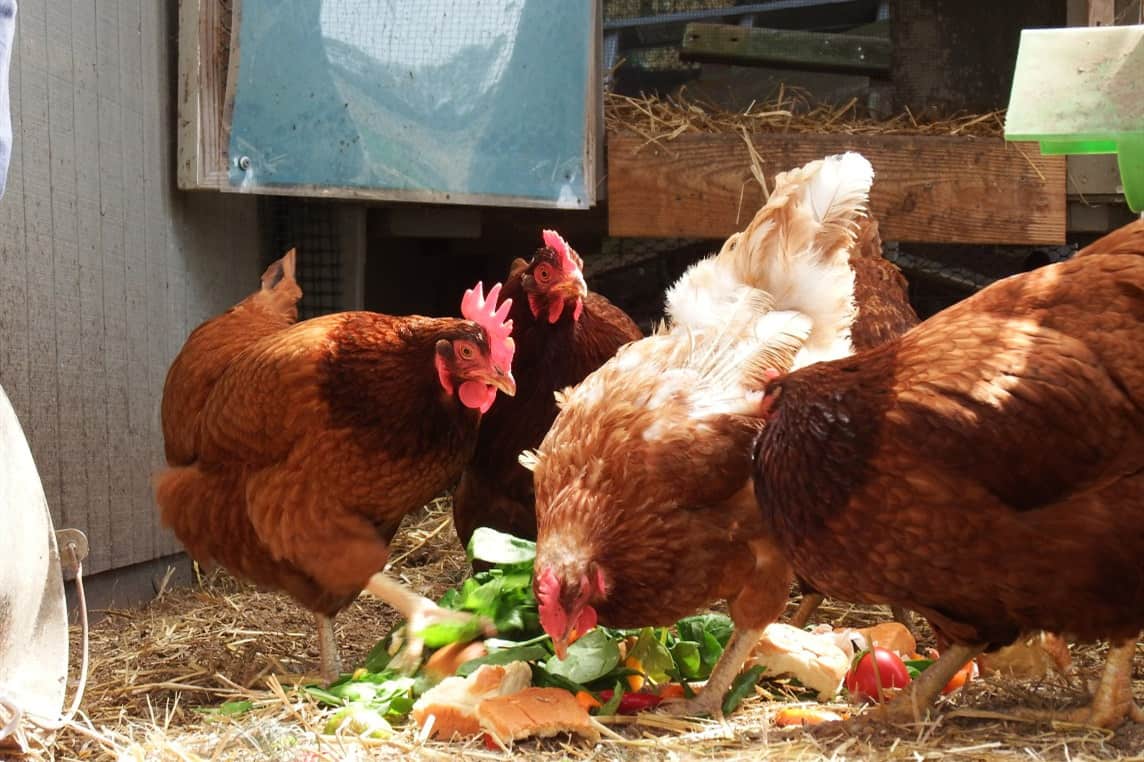
Now that we got over the human diet, let’s proceed to your feathery friends. As a poultry owner concerned about the lives of their chickens, you’re going to want to know what exactly should they eat.
Despite looking otherwise, Chickens can be opportunistic eaters, consuming a wide variety of foods, which makes it crucial to monitor what they eat to ensure they maintain a healthy diet. Because if you leave their next meals to their own devices, you’ll find yourself with:
- Spoiled eggs
- Sluggish chickens, or worst
- Dead chickens
So while these birds may not be picky eaters, that task now falls on you to provide the nutrients they need to stay healthy, such as:
- Protein
- Vitamins and minerals, and
- Fatty acids
Lucky for you, these things are already contained in chicken feed, so you don’t have to stress out too much over finding chicken-appropriate food that completes the requirement.
However, as many chicken owners have said, “90% feed, 10% treats”.
Why should you give chickens treats? Well, chickens aren’t made to stay on one spot. It’s in their nature to roam around, so if you have a small yard, you’re looking at a flock of stressed-out chickens.
And if stress isn’t healthy for people, what makes you think it’ll be good for the chickens?
That’s where treats come in!
Offer them these goodies if you can’t afford to widen the area yet. These will entertain them long enough for their stress and boredom to go back down.
Can Chickens Eat Shrimp
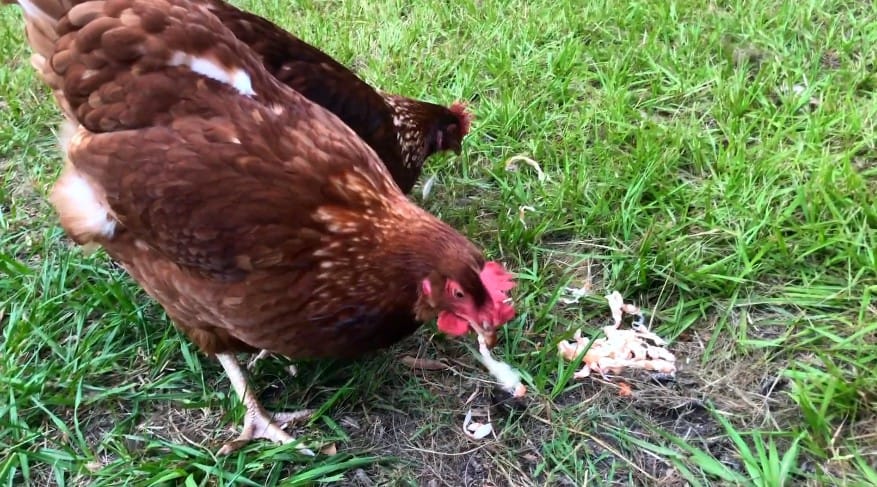
The answer: yes!
Shrimps are a great example of treats that chickens can have because, as delved on earlier, they have everything that a chicken needs for a healthy lifestyle.
Eating shrimps can promote a better, healthier heart alongside their nervous systems, and you have the fatty acids to thank for. Not only do they affect the heart, but these fatty acids also delve into increasing egg production, which is a bonus!
As for protein, this nutrient is what you’ll want your chicks to have in abundance, especially at their first few weeks. Protein is best for producing muscle mass while making them stronger as they grow up.
Even when they’re hens, protein still plays a crucial role in egg production. However, unlike what the Omega 3’s have done to the number, protein affects the quality of the eggs more; specifically, the yolk.
If you’re still new to the poultry business, you’re going to want your egg yolks to be a darker shade. The darker the egg yolk, the better because that means it has far more nutrients than the lighter, yellow ones!
And who doesn’t love some good nutrients?
Guidelines for Shrimps
Now you know that chickens would want your shellfish, does that mean you can feed them every leftover shrimp dish you got stashed away? Or maybe hand over the shrimp shells and heads for them to get right into gobbling up instead of throwing them away?
Honestly? It depends.
Before you dive straight into feeding them shrimps, you must consider these questions first:
- Were they seasoned?
- Did you deep fry them?
- Are they past expiration?
If you answered “yes” to even one of them, then your shrimp’s got to go visit the trash. Permanently.
“But you said chickens aren’t picky eaters!” you try to argue.
And you’re right on that point. Chickens aren’t picky eaters due to the little number of taste buds they have.
However, this is the idea that you must ingrain onto your brain: if you don’t want to eat it, then in what world do you think your chickens would want to eat it?
Nutrients are a top priority in feeding chickens. You don’t need to add butter in the mix, or olive oil, or whatever spices you use for cooking. What you need is for your chickens to stay healthy, and eating anything greasy and covered in seasoning won’t do your chickens any favor.
So how do your chickens want their shrimps? Well, you can choose between:
- Dried
- Cooked, or better yet
- Raw
And it shouldn’t be said anymore, but just so everyone’s on the same page: your shrimps must be fresh.
So what if they’re frozen for a long time? If you want your chickens to stay at peak health, then they only deserve the best food!
On another important note, be reminded that shrimps are only for treats. Shrimps shouldn’t be included in every feeding you do because you might cause them to overfeed.
Because of this, you’ll tip over the balanced diet they’re supposed to maintain that can affect their egg production and their attitude simultaneously.
On top of that, shrimps still have cholesterol that you should look out for, so you must remember to feed them in moderation.
Tips on Feeding Chickens
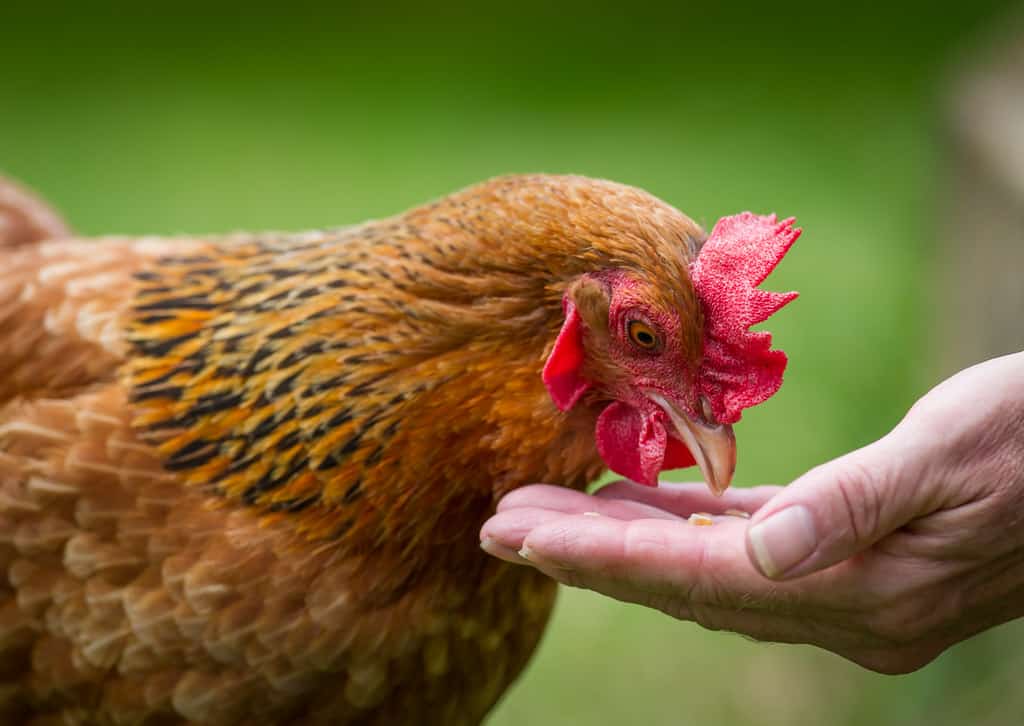
Now you have that out of the way, here are the dos and don’ts in feeding chickens:
Chickens Are Not Pigs
Pigs might consider rotten apples as the best treats they’ve ever had, but what you’re taking care of right now are chickens.
A lot of chicken breeds out there (especially hybrid breeds) have sensitive body systems, so they’re going to need your help if they want to live a long, fulfilling life for a chicken.
The first thing you should remember: don’t feed them rotten and/or moldy food.
Not only are they disgusting, but this spoiled food can also poison your chickens, or worse, kill them instantly.
Speaking of poison, have you ever seen potatoes that turn green after being out in the sun for too long? Well, these tubers are extremely dangerous, both for animals and human consumption.
Those green parts are where a toxin called solanine is more concentrated.
Now, if you want to be extra sure, you can just throw these greening potatoes away. Out of sight, out of mind.
But if you think the green spots can be peeled or sliced away, then you can go ahead and salvage it.
Boiling them won’t do much help in reducing their toxicity, so that’s a bust.
Just make sure to check on your fruits and veggies before feeding your chicken anything, and they’ll be right as rain!
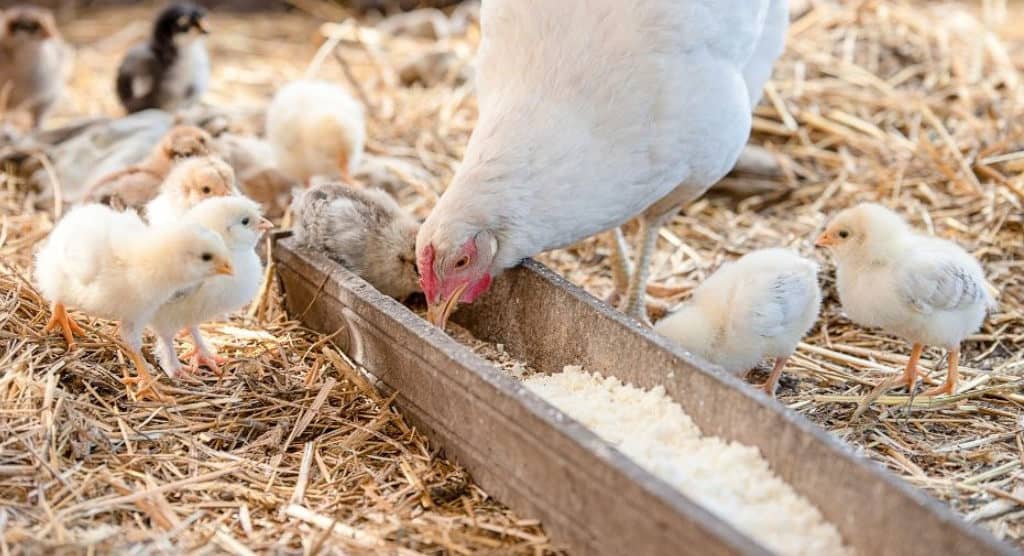
No Choking Hazard
While you have no other option but to peel those greening spots away on potatoes, you can cook beans if you have them in your garden.
Sure, beans kind of look like seeds, but size-wise? Beans are bigger, for sure. That’s why it’s important to soften them up first by letting heat inside.
Not only do you soften those beans up, but you also destroy the phytohaemagglutinin produced by many species of beans; namely, red kidney beans.
Just like solanine, this is another toxin you should be wary of because it causes plenty of symptoms from poisoning that can potentially kill your chickens.
So what you’ll want to do is cook them on high heat. No slow cooking. Once you get them at a high enough temperature, you’re sure to break down those nasty toxins.
Mix It Up
Make sure to change around your food if you don’t have feed available. You wouldn’t want to have your chickens eat one thing for days at a time, especially if it’s seafood.
Unless you want your eggs to taste weird.
Summary
A variety of options for treats is always ideal for chickens to have. And shrimps are a perfect balance between being yummy and being healthy!
As long as you apply what you’ve learned from this guide, you won’t need to worry excessively about how to handle your leftover shrimp heads or tails.

Joseph Hudson has been raising chickens for over 15 years. In 2018, he completed the Agriculture & Natural Resources program at Mt. San Antonio College. He currently raises over 1400 chickens on his 7.5-hectare farm. He keeps sharing his experience on raising healthy and happy chickens on Chicken Scratch The Foundry.







